Publisher:MACards
Artist: Zlata Bizhako
Includes:
< li>44 cards (size 132×91 mm)
Metaphorical cards “My Spirit Animal” is a universal deck. The set consists of 44 cards with images of various animals. Animal images are often used in therapeutic practice, as they allow us to bypass the “rational” and rely on the “associative”, which will help in the study of the request. The “My Totem Animal” deck can be used both as a portrait deck (an animal is depicted in large detail in the foreground of the picture) and as a universal plot deck (in the background you can see scenes from the life of animals). The animals in the pictures are a metaphor for ourselves, our characteristics and qualities, our strategies of behavior and interaction.
Metaphorical cards “My totem animal” can be useful in working with the following queries:
- Issues of self-identification
- Studying self-image, roles and subpersonalities
- Working with self-esteem, ideas and beliefs about yourself
- Working with interpersonal relationships of various kinds, internal and external conflicts
- Searching for and updating resources
- Living through negative emotional states
- Goal setting, working with motivation
With The deck can be used in both individual and group counseling. It can also be used as a deck for self-discovery and as an addition to transformation games. MAC “My Totem Animal” can be used both separately and in combination with other decks.
For whom? For psychologists, psychotherapists of various directions, coaches, teachers, specialists in helping professions, for people who want to engage in self-knowledge.
According to the encyclopedic dictionary of psychology and pedagogy, a totem is an animal,nbsp;plant,nbsp;naturalnbsp;phenomenonnbsp;ornbsp;what – eithernbsp;anothernbsp;object considerednbsp;related bynbsp;relationshipnbsp;to a familynbsp;ornbsp;groupnbsp;people,nbsp;helpingnbsp;themnbsp;andnbsp;protectingnbsp;themnbsp;and,nbsp;respectively,nbsp;respectednbsp;by them. The problem of totem and totemism in his work “Totem and Taboo. Psychology of primitive culture and religion” was considered by Sigmund Freud. The author proposed the psychoanalytic concept of the totem, according to which the totem animal acts as a father. In the tribes there were rules (not to kill the totem, not to have incestuous relationships), coinciding with the content of the Oedipus complex (competition with the father, attraction to the mother).
People from time immemorial worshiped certain animals as a symbol of the divine essence, the ancestor of the family dynasty. Totemism is a once very widespread and still existing religious and social system, based on the cult of the so-called totem. The main feature of totemism is that the totem is considered the ancestor of a given social group, and each individual of the totem class is a blood relative. The totem also serves as a guardian spirit; it patronizes and protects the clan and each of its members. This is largely why totem animals are also called “power animals.” It was believed that each animal has its own strengths, unique resources and potential.
How can animal images help in psychological work? Working with pictures of animals reduces anxiety and the effect of psychological defenses. The client talks about, for example, how thrifty and dexterous the squirrel is, but in fact he highlights subjectively significant qualities that, in his opinion, are inherent in him or that he would like to attribute to himself (the principle of projection, which was discussed above). It is much easier to talk about the qualities of an animal than about your own, based on associations and sensations. The image of an animal is a great metaphor that will be familiar to both adults and children. What animal is this? What characteristics does it have? How is he behaving? Does this sound like me?
Technique #1. “Habitat”
Purpose: research of the current state and relationships, formulation of a request.
The technique requires white sheets of paper and any drawing supplies. The technique can also be used without additional materials, orally.
Technique No. 2. “All parts of me”
Goal: study of roles, subpersonalities, identification of internal conflict.
Technique No. 3. “Personality Qualities”
Goal: self-knowledge.








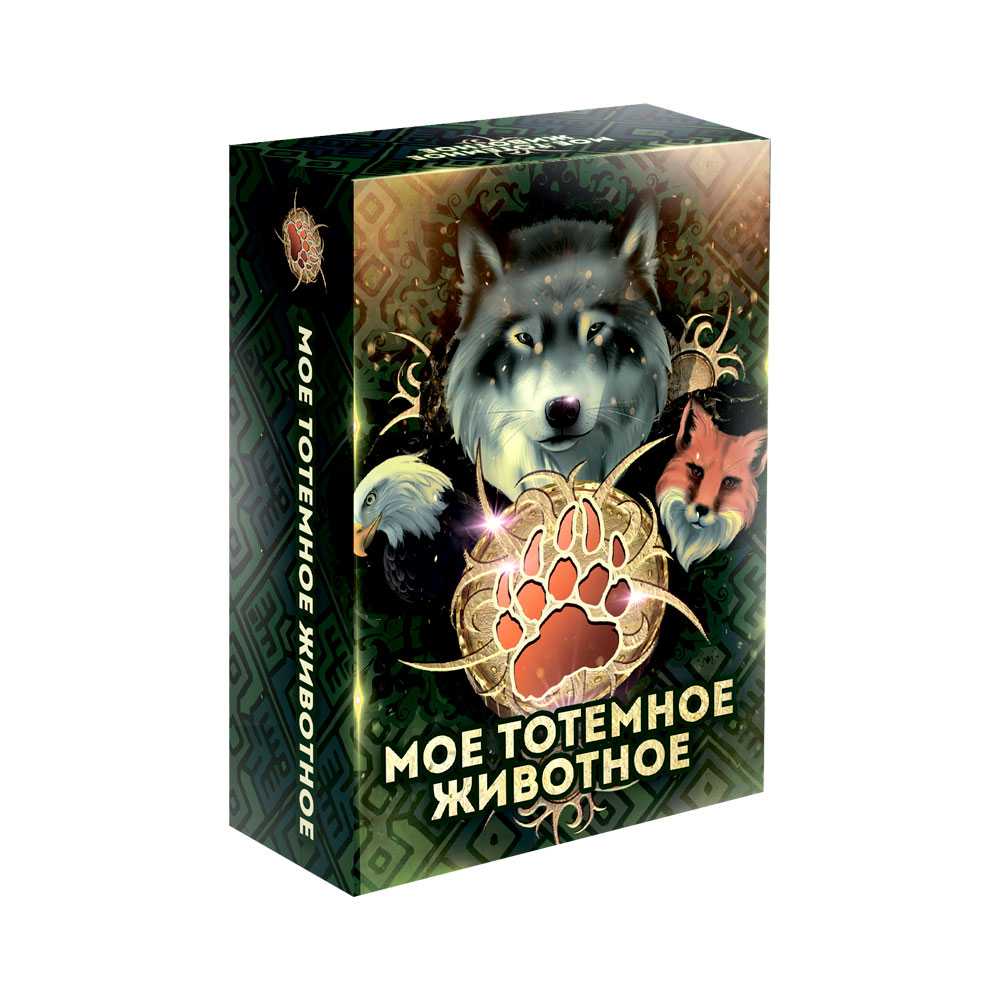
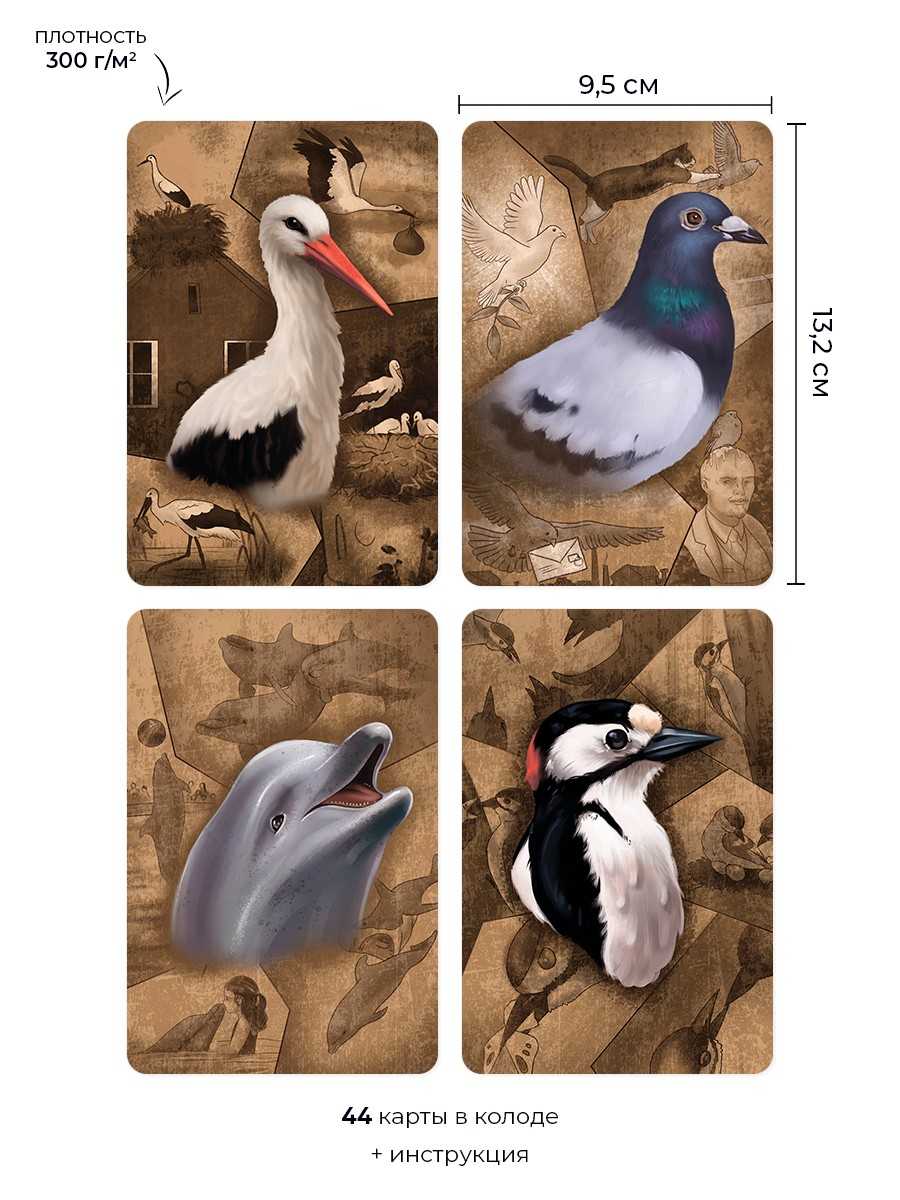
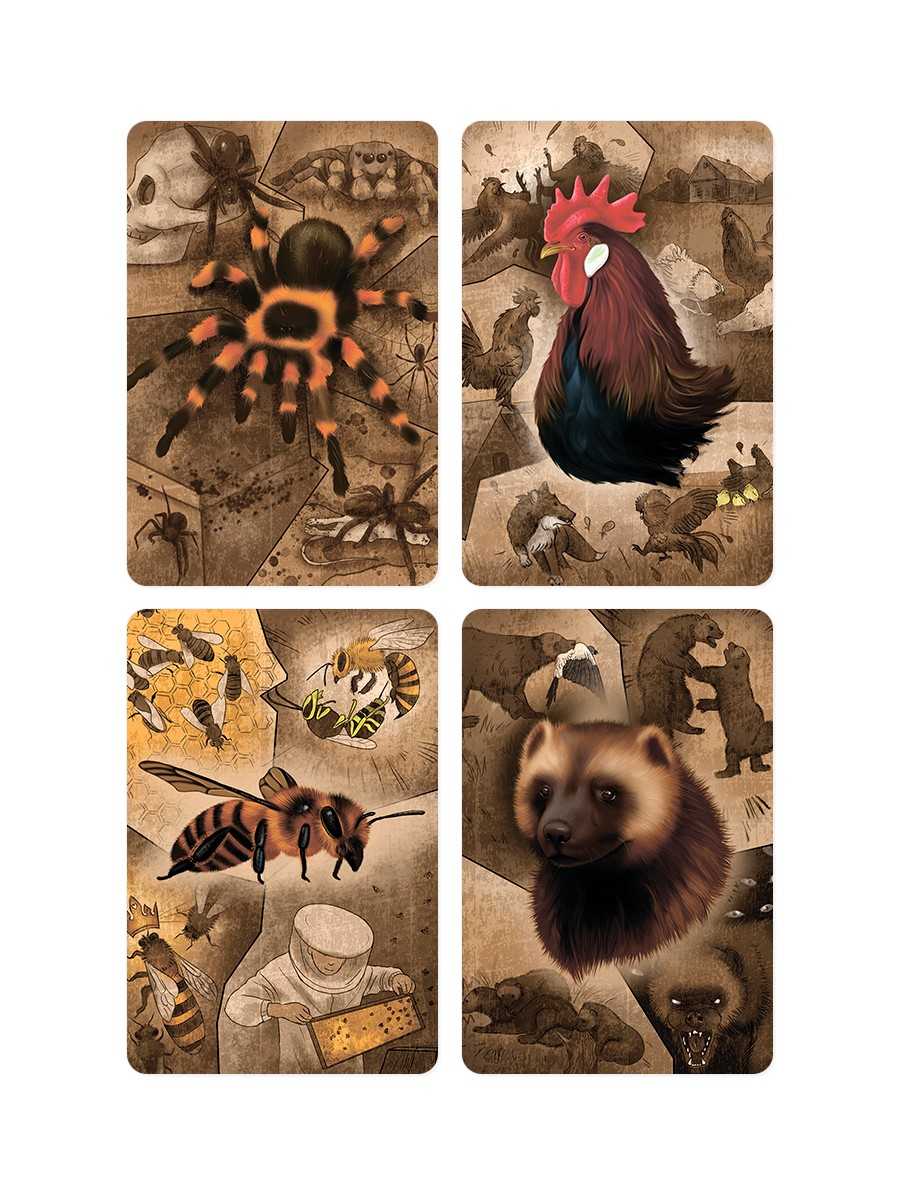
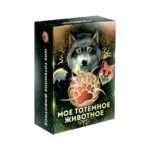
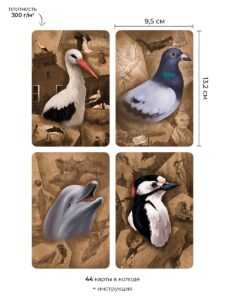
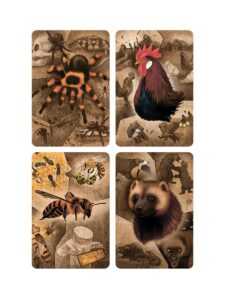
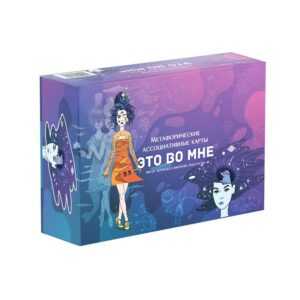


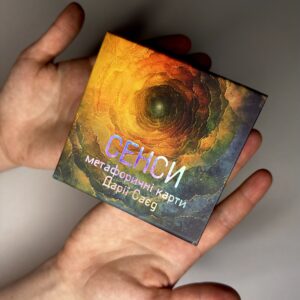



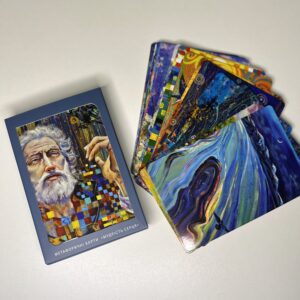








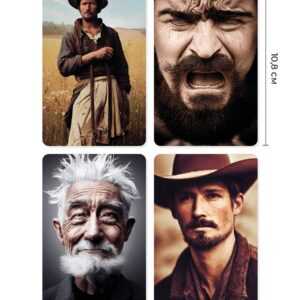
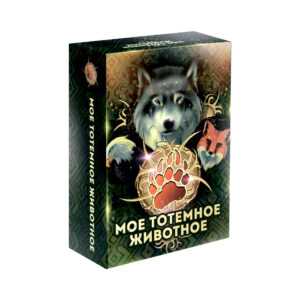
Reviews
Clear filtersThere are no reviews yet.